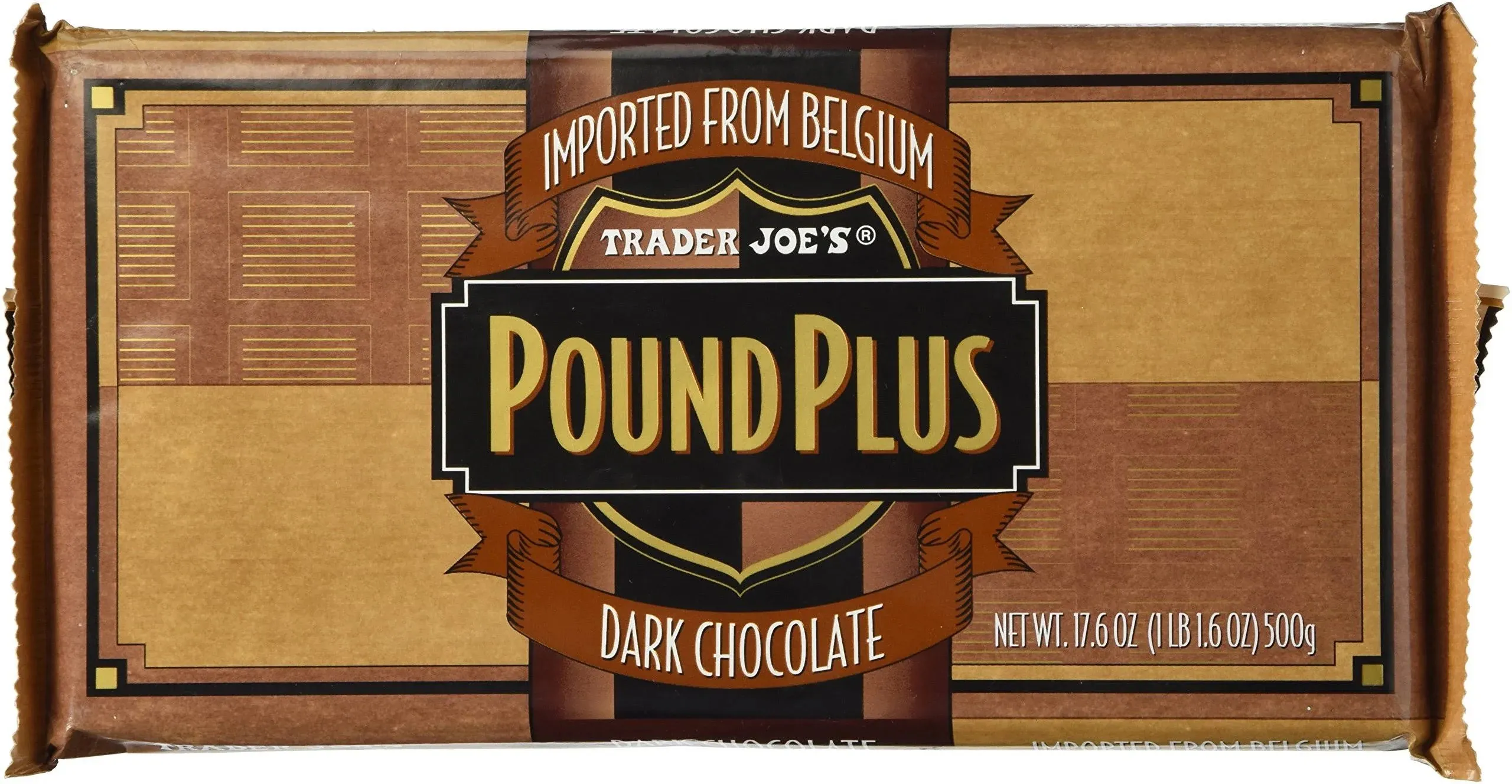· Nutrition · 6 min read
3 "Healthy" Foods to Avoid If You're Trying to Lose Weight
Discover which supposedly healthy foods might be sabotaging your weight loss goals and learn smarter alternatives for your diet.

Have you ever added foods to your diet because they’re “healthy,” only to find yourself not losing weight? You’re not alone. I used to rationalize consuming certain foods because of their health benefits, without considering their impact on my overall calorie intake.
In this post, I’ll identify three commonly praised “health foods” that might be sabotaging your weight loss efforts, and explain why context matters when it comes to nutrition.
The Calorie Context
Before diving in, let’s establish an important principle: For weight loss, calorie balance matters most. While nutritional quality is important for health, consuming too many calories—even from nutritious foods—will prevent weight loss.
The foods I’m about to discuss aren’t “unhealthy” in absolute terms. They contain beneficial nutrients and can be part of a healthy diet. However, they share three problematic traits for weight management:
- High caloric density
- Easy to overconsume
- Often marketed as “guilt-free” health foods
1. Nuts: Tiny Calorie Bombs
Why they’re considered healthy
Nuts are packed with heart-healthy monounsaturated and polyunsaturated fats, protein, fiber, and micronutrients. Studies link nut consumption to reduced heart disease risk and improved cholesterol profiles.
The weight loss problem
Nuts are extremely calorie-dense. A small handful (1 ounce) contains approximately:
- Almonds: 160-170 calories
- Cashews: 155-165 calories
- Walnuts: 180-190 calories
For perspective, one almond has roughly the same calories as a strawberry. You might easily eat 20+ almonds in a matter of seconds, but would you eat 20 strawberries at once?
Nuts are also hyperpalatable, especially when roasted and salted, making it easy to mindlessly consume hundreds of calories. Commercial nut butters often contain added oils, sugar, and salt, further increasing their calorie content and palatability.
Better alternative
If you enjoy nuts, measure your portions carefully (use a food scale or count them out). Choose fresh fruit when you need a snack with more volume and satiety per calorie.
If you do include nuts in your diet, think strategically about what other fat sources they’ll be replacing. For example, a tablespoon of almond butter could replace butter on toast, or a small handful of walnuts could replace cheese in a salad. This substitution approach allows you to enjoy nuts’ nutritional benefits without simply adding extra calories to your daily intake.
2. Dried Fruit: Nature’s Candy
Why it’s considered healthy
Dried fruit contains the same vitamins, minerals, fiber, and antioxidants as fresh fruit. It’s convenient, shelf-stable, and provides natural sweetness.
The weight loss problem
Removing water from fruit concentrates its sugars and calories into a much smaller volume. Compare:
- 1 cup of fresh grapes: ~100 calories
- 1 cup of raisins: ~430 calories
Many commercial dried fruits also contain added sugars and preservatives, further increasing their calorie content. The concentrated sweetness and chewy texture make dried fruit extremely easy to overconsume.

I learned this lesson the hard way during college. Trader Joe’s Chili Spiced Dried Mango became my study snack of choice—I convinced myself it was a “healthy” alternative to candy. What I didn’t realize was that I was easily consuming 300-400 calories in one sitting without feeling particularly full. Those bags would disappear within days, and I couldn’t understand why my “healthy snacking” wasn’t helping my weight management goals.
Water-soluble vitamins (like vitamin C) are also significantly reduced during the drying process, diminishing some of dried fruit’s nutritional value compared to fresh.
Better alternative
Choose whole, fresh fruits instead. They provide more volume, hydration, and fullness per calorie, while preserving all their natural vitamins.
3. Dark Chocolate: The Misleading Health Halo
Why it’s considered healthy
Dark chocolate contains flavanols and antioxidants that may benefit heart health and reduce inflammation. Studies suggest moderate consumption may have positive health effects.
The weight loss problem
Even dark chocolate is calorie-dense, with a typical 1-ounce serving (about 3 squares) containing 150-170 calories. Most chocolate products also contain significant amounts of added sugar and fat.
The health benefits of chocolate come primarily from cacao, but most commercial chocolate—even dark varieties—contains relatively small amounts of actual cacao compared to sugar, milk, and added fats.
My personal experience
 In college, I would regularly buy a pound of Trader Joe’s chocolate squares and snack on them throughout the week, telling myself they were “healthy” because of all the articles I’d read about dark chocolate’s benefits. I’d easily consume 4-5 squares a day without thinking about it. That’s an extra 250-300 calories daily that I was justifying as a health food! Unsurprisingly, this habit didn’t help my weight management goals. It wasn’t until I started being honest with myself about why I was eating the chocolate (because it tasted good, not for health) that I could make better decisions about portion control.
In college, I would regularly buy a pound of Trader Joe’s chocolate squares and snack on them throughout the week, telling myself they were “healthy” because of all the articles I’d read about dark chocolate’s benefits. I’d easily consume 4-5 squares a day without thinking about it. That’s an extra 250-300 calories daily that I was justifying as a health food! Unsurprisingly, this habit didn’t help my weight management goals. It wasn’t until I started being honest with myself about why I was eating the chocolate (because it tasted good, not for health) that I could make better decisions about portion control.
Better alternative
If you want the antioxidant benefits of cacao, consider using unsweetened cocoa powder in smoothies or oatmeal. If you enjoy chocolate as a treat, savor a small portion mindfully rather than justifying larger amounts for “health benefits.”
Honorable Mention: Wine
Many articles tout wine’s health benefits, particularly resveratrol. However, the studies showing significant benefits used resveratrol in quantities you’d never get from drinking wine. You would need to consume dangerous amounts of alcohol to get therapeutic levels of resveratrol from wine.
As nutrition scientist Dr. Layne Norton points out (with sarcasm), this is similar to claiming French fries are healthy because potatoes contain vitamin C. The context and quantity matter tremendously.
The Pattern: Caloric Density and Hyperpalatability
Notice the common thread among these foods: they’re all calorie-dense and hyperpalatable, making them easy to overconsume. This combination is particularly problematic for weight loss.
Hyperpalatable foods trigger reward pathways in our brains that can override natural fullness signals, leading to consumption well beyond our caloric needs.
Conclusion: Honesty and Context Matter
The key takeaway isn’t that these foods are “bad,” but rather that we should avoid rationalizing overconsumption with health claims. If you want to enjoy these foods, do so mindfully and in appropriate portions—not under the false pretense that unlimited quantities are healthy.
For successful weight management:
- Be honest about why you’re eating certain foods
- Consider caloric density and portion sizes
- Focus on foods that provide more volume and satiety per calorie
- Remember that even nutritious foods can contribute to weight gain when consumed in excess
What “healthy” foods have you found yourself overconsuming? Click here to schedule a free consultation and see how we can help you enjoy your favorite foods in moderation while still reaching your fitness goals. We can’t wait to speak with you!

